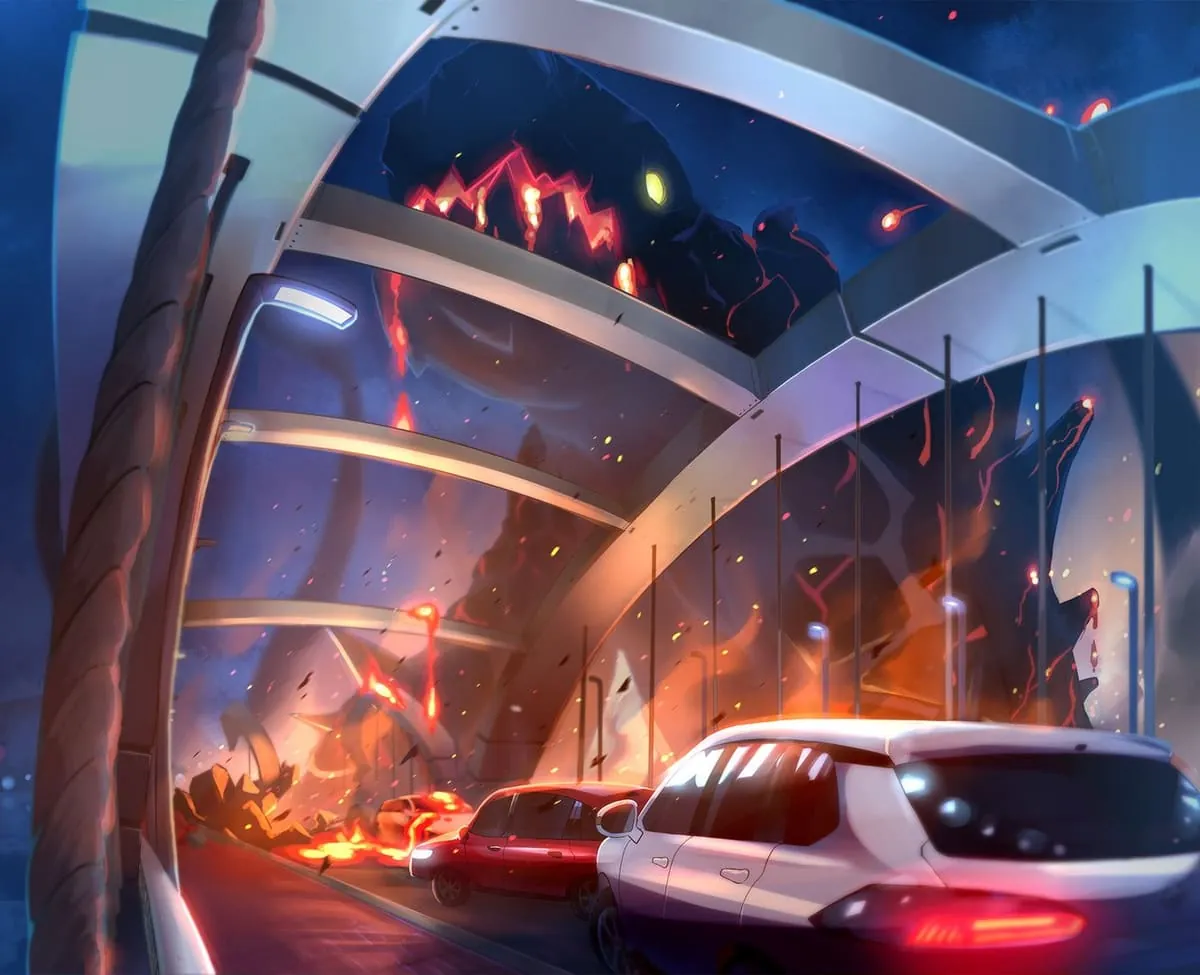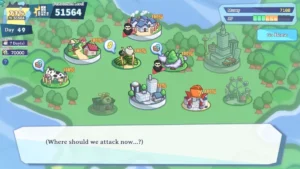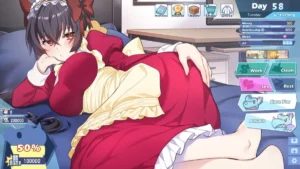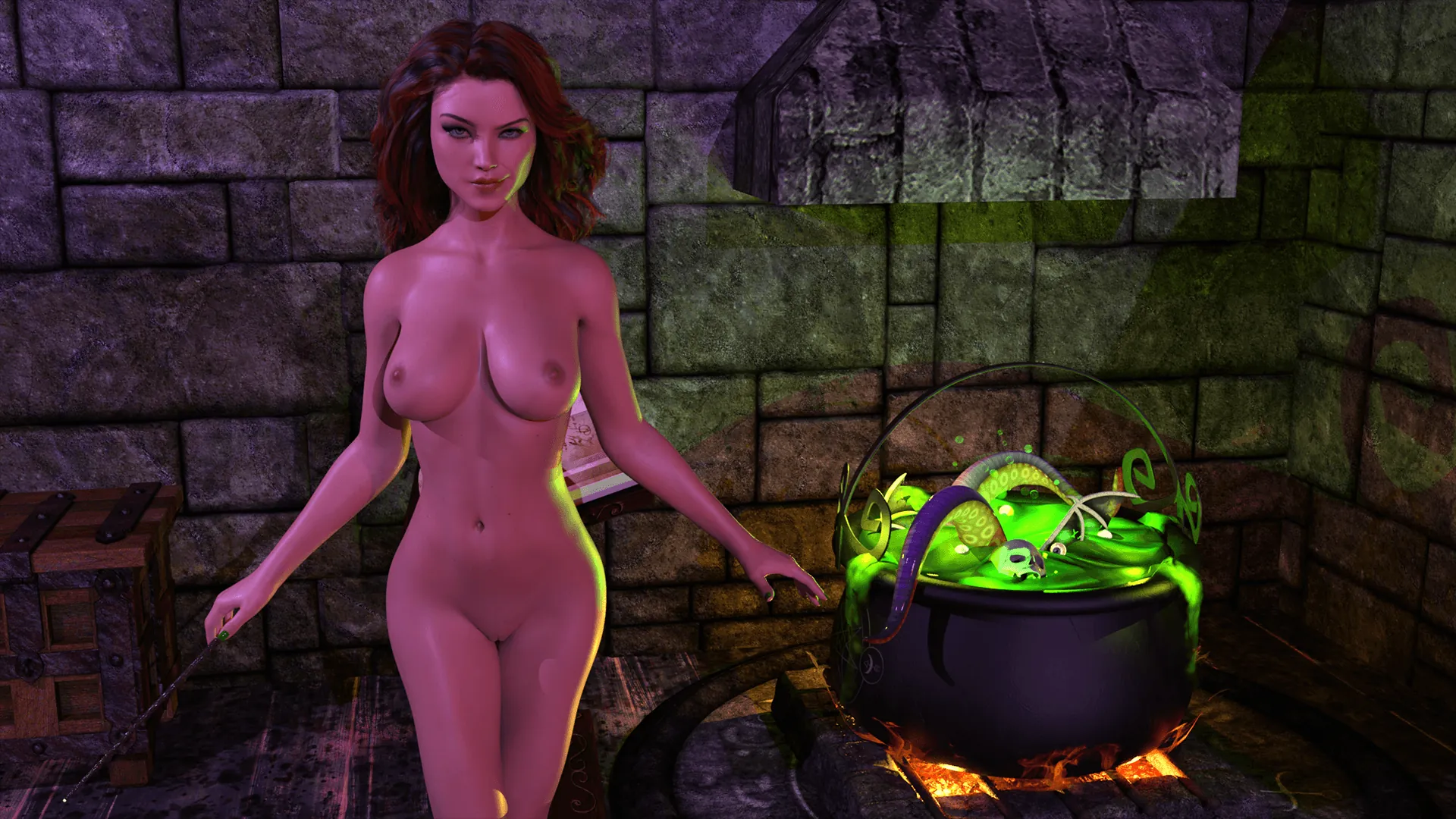
Kaiju Princess review
Master the gameplay mechanics and story of this unique management simulation
Kaiju Princess stands out as a distinctive time management simulation that combines strategic gameplay with an engaging narrative experience. This game challenges players to balance multiple responsibilities while managing resources and relationships in a colorful, fantasy-driven world. Whether you’re a fan of management games or looking for something with a unique premise, understanding the core mechanics and what makes this title special can help you decide if it’s worth your time. In this guide, we’ll explore the gameplay systems, story elements, and what players can expect from this intriguing simulation.
Gameplay Mechanics and Time Management System
When I first started playing Kaiju Princess, I’ll admit I was completely overwhelmed. 🤯 My first few in-game days were a disaster zone of missed opportunities and an energy bar perpetually stuck at zero. I was trying to do everything at once—clean the apartment, earn money, and build relationships—and I was failing spectacularly at all of it. This initial struggle is a core part of the Kaiju Princess gameplay loop, designed to teach you the value of strategic thinking. The entire experience hinges on one brilliant, punishing, and ultimately rewarding system: the daily energy meter.
Mastering this isn’t just a part of the game; it is the game. The core challenge of this energy system management game is learning to treat your energy not as a limitless resource, but as the most valuable currency you have. Every single action, from taking a shower to leveling a city block, comes with a cost. Your success isn’t measured by how much you want to do, but by how wisely you spend what little you have. This guide will walk you through exactly how to conquer this system, transforming you from a frantic newbie into a master of monster-girl management.
### How the Daily Energy System Works
At the heart of Kaiju Princess time management is a simple yet brutal number: your daily energy. Think of it as your character’s stamina or willpower for the day. ☀️ Every morning, you wake up with a full bar (the size of which can be influenced later in the game), and every single action you choose to take depletes a chunk of it.
Here’s the kicker: once it’s gone, it’s gone for the day. You can’t just wait for it to recharge. When your energy hits zero, your only option is to go to sleep, which ends the day and resets the bar. This mechanic forces you to make deliberate, meaningful choices. Do you spend 25 energy working a shift at the cafe to earn much-needed cash? Or do you spend that same 25 energy attacking a military base to fulfill your destruction quota? You can’t do both with a limited starting pool.
This is where the genius of the resource allocation gameplay truly shines. The game presents you with multiple, often conflicting, goals:
* Personal Upkeep: Your apartment gets dirty, and your character needs to shower and eat. Ignoring these leads to negative status effects.
* Financial Needs: You need money to buy food, items, and eventually, upgrades.
* Destruction Quota: You are, after all, a kaiju. You have a job to do, and that involves smashing things.
* Relationship Building: Interacting with other characters is key to unlocking storylines and benefits.
Each of these categories contains activities with varying energy costs. The first step to mastery is simply understanding what each action costs you. To help you visualize this, here’s a breakdown of common early-game activities:
| Activity | Energy Cost | Primary Reward | Strategic Importance |
|---|---|---|---|
| Take a Shower | 15 | Removes “Dirty” status | High (Prevents negative moodlets) |
| Work at Cafe | 25 | Money | Medium-High (Essential for buying items) |
| Attack City District | 30-50 | Destruction Progress, Story Progression | High (Core gameplay objective) |
| Chat with Neighbor | 10 | Relationship Points | Medium (Long-term benefits) |
| Clean Apartment | 20 | Removes “Messy” status | Medium (Prevents negative moodlets) |
| Visit Store | 0 | Access to Items | Variable (Planning phase) |
Pro Tip: Visiting the store costs no energy! Use this to your advantage. Plan your shopping trips at the start of the day before you spend any energy, so you can buy any recovery items or mission-critical gear you need.
Seeing the costs laid out like this was a game-changer for me. I realized that a single poor choice, like cleaning the entire apartment when it was only slightly messy, could cost me an entire work shift. This system is what makes Kaiju Princess a truly engaging energy system management game. You’re not just managing tasks; you’re managing the very potential of your day. ⏳
### Balancing Multiple Tasks and Priorities
So, you know what everything costs. Now comes the real test: how to manage energy efficiently across your daily tasks and priorities. This is where the game transforms from a simple simulator into a strategic puzzle. Early on, you will feel stretched thin. This is intentional! The game is teaching you to triage.
My biggest “aha!” moment came when I stopped trying to have a perfect day and started aiming for a productive one. I failed a mission because I spent too much time socializing and ran out of energy to attack my target. It was frustrating, but it taught me a critical lesson: some tasks are non-negotiable, while others can be scheduled for later.
Based on that hard-won experience, here is the priority system I now live by in the game:
-
Absolute Must-Dos (The Foundation): These are the activities that, if ignored, will actively harm your progress.
- Fulfill Your Destruction Quota: This is your primary job. If you fail this, it’s a direct loss. Always reserve enough energy for at least one significant attack. 💥
- Basic Hygiene: Letting the “Dirty” or “Messy” statuses stack up will reduce the efficiency of other actions or even lock you out of certain social interactions. One shower per day is a cheap investment for a clear slate.
-
Strategic Investments (The Engine of Progress): These tasks don’t have immediate consequences but are essential for long-term growth.
- Income Generation: You need money for food (which can restore energy) and items. I try to schedule one work shift per day, but I’ll skip it if a major story mission requires all my energy.
- Relationship Building: This is a long game. Spending 10-20 energy on a conversation might not seem impactful, but the perks and storylines you unlock later are invaluable. I treat this as a “when I have spare energy” activity.
-
Flexible Activities (The Optional Optimizations): These can be delayed or ignored with little immediate penalty.
- Deep Cleaning: If the apartment is only “a little messy,” it can often wait another day.
- Non-critical Social Events: Some invitations can be declined or postponed without affecting the relationship.
This approach to resource allocation gameplay is what flips the script. The game stops being stressful and starts being a satisfying exercise in logistics. You’ll learn that Kaiju Princess time management isn’t about doing everything—it’s about doing the right things in the right order. ✅
### Resource Management and Progression
The beautiful thing about Kaiju Princess is that it acknowledges your struggle. The early game is deliberately tight to make you feel the weight of every decision. But as you play, the progression system mechanics kick in to reward your smart management and open up new strategic possibilities. It’s this evolution that keeps the Kaiju Princess gameplay loop fresh for dozens of hours.
The primary way you progress is by acquiring items and upgrades. These are game-changers. For example, finding a “Energy Drink” that restores 20 energy effectively gives you an extra action for the day. Suddenly, a day where you can work a shift and complete a major attack becomes possible. Here’s how the progression typically unfolds:
- Early Game: You are energy-poor. Every day is a difficult choice. Your focus is on survival and meeting basic quotas.
- Mid Game: You start finding and buying energy-restoring items. You unlock ways to slightly increase your maximum energy. The game becomes less about pure survival and more about optimization. You can now consistently pursue relationship storylines alongside your main objectives.
- Late Game: You have a deep understanding of the systems and a stockpile of helpful items. You can accomplish most of your daily tasks and priorities without breaking a sweat. This is when you can truly experiment and see all the content the game has to offer.
This clever progression system mechanics design means the game naturally grows with you. The challenge smoothly transitions from “Can I survive today?” to “What’s the most optimal way to achieve all my goals today?” 🏆
However, I have to be honest—this is also where one of the game’s few weaknesses can appear for some players. Once you’ve fully mastered the systems and acquired all the major upgrades, the core loop can start to feel a bit repetitive. The pressure of the early game is gone, and you’re left executing a well-oiled routine. For me, this was a satisfying payoff, a chance to relax and enjoy the story after the initial struggle. But for players who thrive on constant pressure, the end-game can feel less engaging.
Ultimately, mastering the Kaiju Princess time management system is a journey. It starts with frantic failure, moves into focused strategy, and culminates in empowered efficiency. By understanding the energy costs, setting clear priorities, and leveraging the progression system mechanics, you’ll transform your gameplay experience. You’ll stop being a victim of the clock and start being the master of your own monstrous destiny. 👑
Kaiju Princess delivers a compelling experience that successfully merges engaging time management mechanics with a genuine narrative and character development. The game’s strength lies in its ability to balance strategic resource allocation with meaningful story progression, creating a gameplay loop that remains engaging once players understand the underlying systems. While the experience may become repetitive after mastering the mechanics and acquiring major items, the journey to that point offers plenty of entertainment and strategic decision-making. The game respects player agency by offering multiple paths through the story and allowing different playstyles, whether you focus on relationship building or pure strategic optimization. For players seeking a management simulation with substance beyond its surface elements, Kaiju Princess represents a well-crafted title that demonstrates how to execute this genre effectively. If you enjoy time management games with personality and aren’t deterred by the game’s unique content, this title deserves a place in your gaming library.













